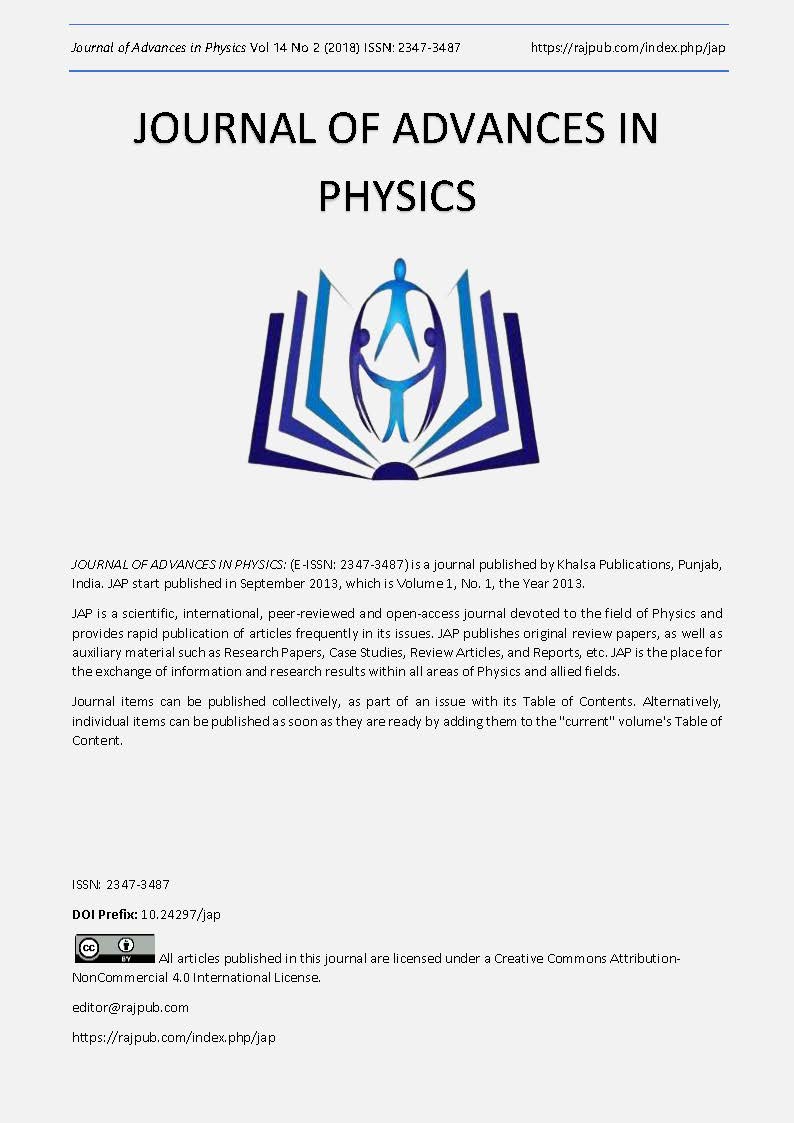The Beginning of The Nuclear Universe and The Theory of Orbital Superconductivity of The Celestial Bodies
DOI:
https://doi.org/10.24297/jap.v14i2.7406Keywords:
Time, Big Bang, Universe, Superconductivity, Gravity, Orbit, Jupiter, Earth, Galaxy, Energy, Moon, Kepler's SupernovaAbstract
1. This article is a logical and rational analysis of the original nuclear matter, and of the structure that
gave rise to the space architecture of the universe with galaxies, stars, the system of planets and moons, and
arrives to original and inedited conclusions.
2. After the so-called Big Bang of the universe arose the space, a new time count and the nuclear
universe, governed by the actions of the physical properties of nuclear superconductivity space.
3. The actions of the physical properties of superconductivity nuclear matter generate the spatial
phenomenon of orbital superconductivity, which creates the orbit and space distance of the orbit between the
moons with their planets, between the planets with their star, forming the system of planets, and among the
stars creating the architecture of the galaxy.
4 The actions of the physical properties of superconductivity nuclear matter also generate the spatial
phenomenon of gravity superconductivity, which creates the form and distance from the gravity field in moons,
planets, stars and comets, creating the actions of physics of the star and celestial bodies with gravity
superconductivity.
5. The actions of the physical properties of superconductivity nuclear matter also generate the spatial
phenomenon of nuclear superconductivity of magnetism, which creates the magnetic pole and the spatial
distance of the magnetic field.
6. The nucleus of all stars, planets, moons, are made of matter, called, by mass of energy nuclear of
superconductivity.
7. All the materials that exist in the nuclear universe are produced, through the atomic decomposition
of space nuclear matter.
8. The atomic decomposition of superconductivity nuclear matter reduces the nucleus and nuclear energy
of spatial superconductivity.
9. In the reduction of superconductivity nuclear energy there is a loss of the orbital superconductivity
property of the moon and the planet.
10. In the loss of the orbital superconductivity property of the moon and the planet, the moon is attracted
by the superconductivity of the planet and reduces the spatial distance of the orbit until attracted by the
superconductivity of the planet's gravitational field.
11. The fall of the moon will destroy the planet or produce a crater because of the size of the planet.
12. The fall of the moon on Jupiter created an immense nuclear crater in which the diameter and depth
was measured the extension of thousands of kilometers.
13. The fall of the moon on Mars will create an immense nuclear explosion, and will destroy the planet.
14. The majority of the planets of the galaxies and the universe have a time schedule of self-destruction
in the fall of the moons.
15. The most of the planets in the solar system have a time schedule of self-destruction in the fall of the
moons.
Downloads
Downloads
Published
How to Cite
Issue
Section
License
 All articles published in Journal of Advances in Linguistics are licensed under a Creative Commons Attribution 4.0 International License.
All articles published in Journal of Advances in Linguistics are licensed under a Creative Commons Attribution 4.0 International License.




